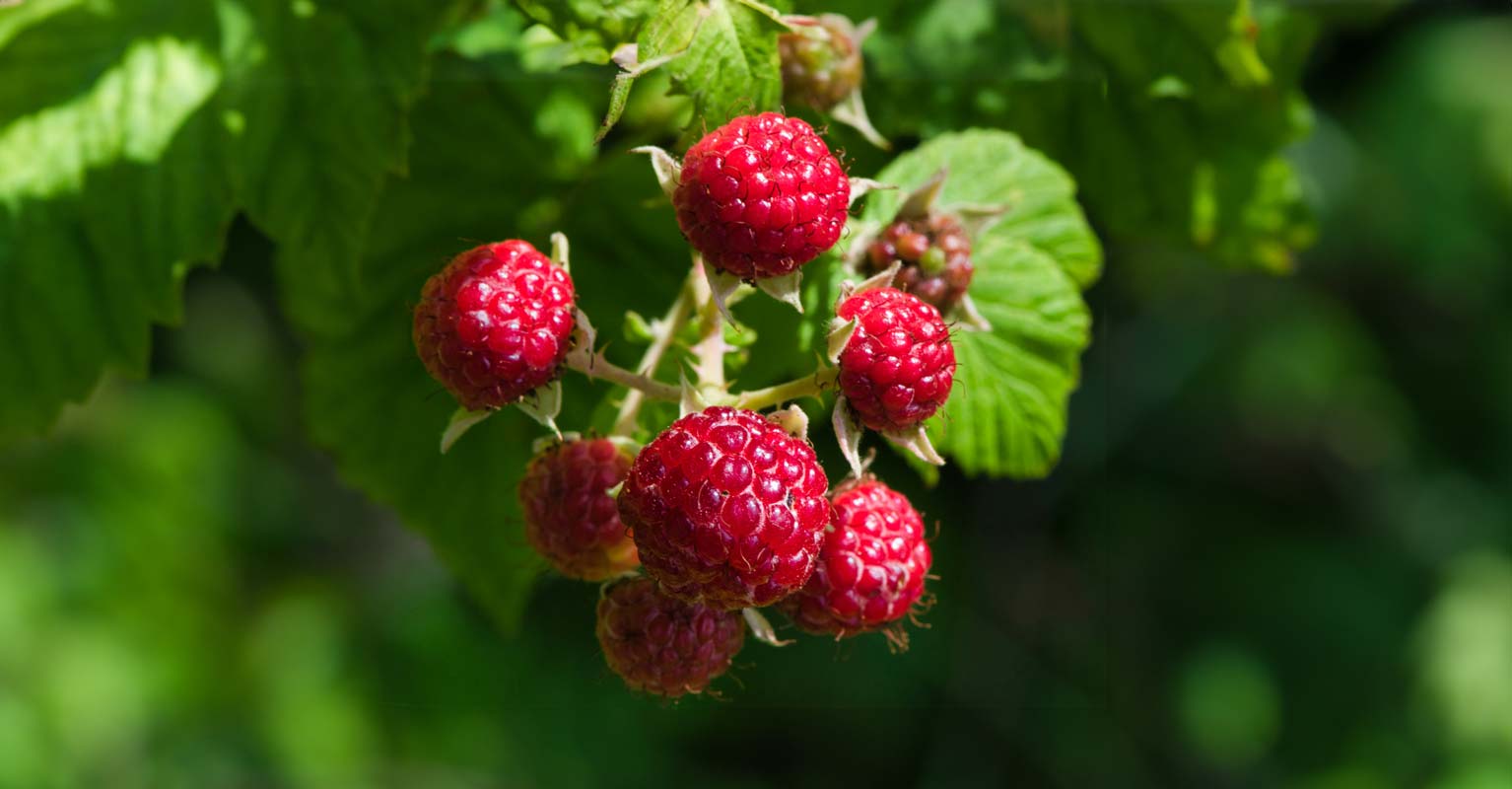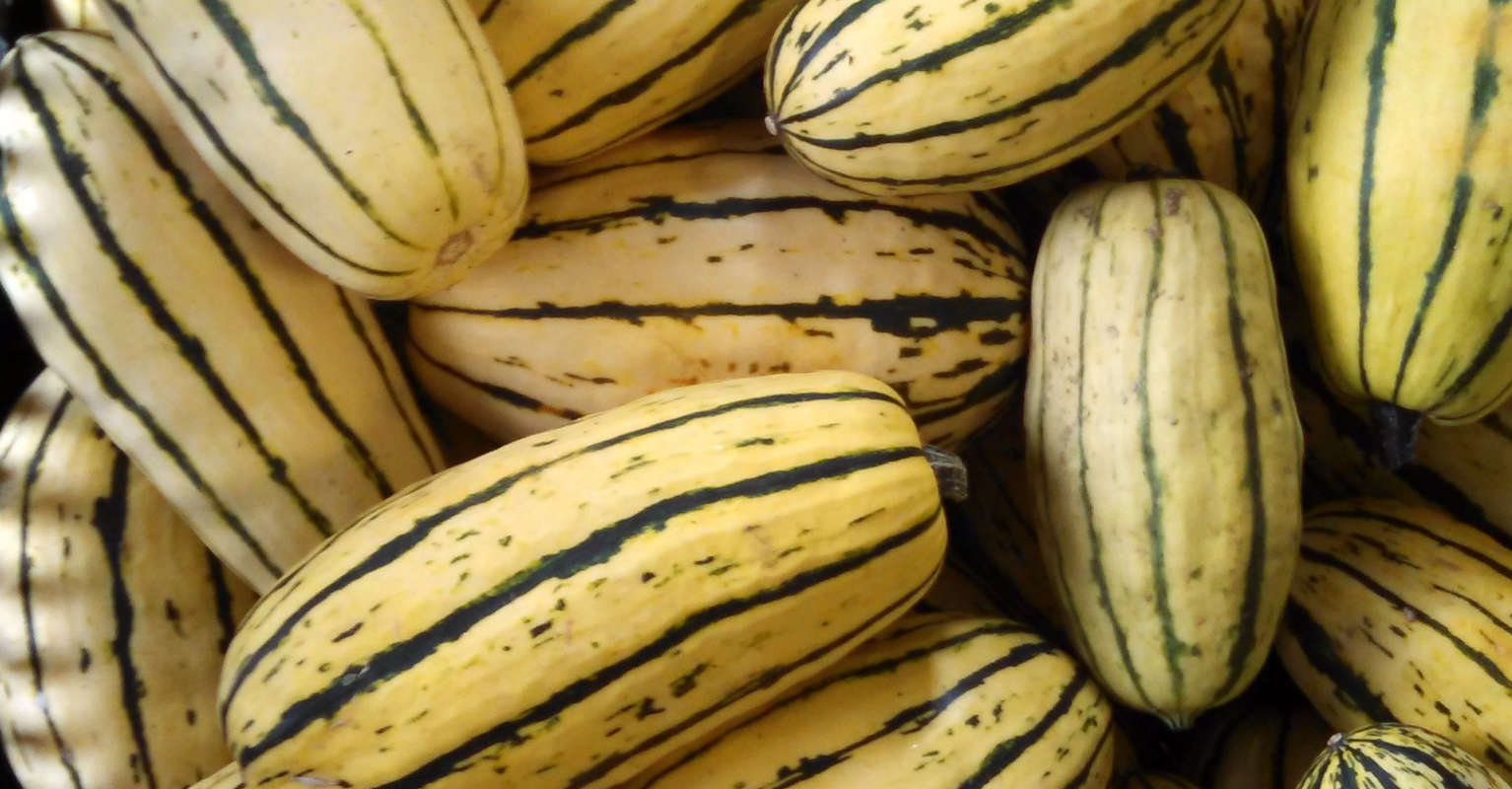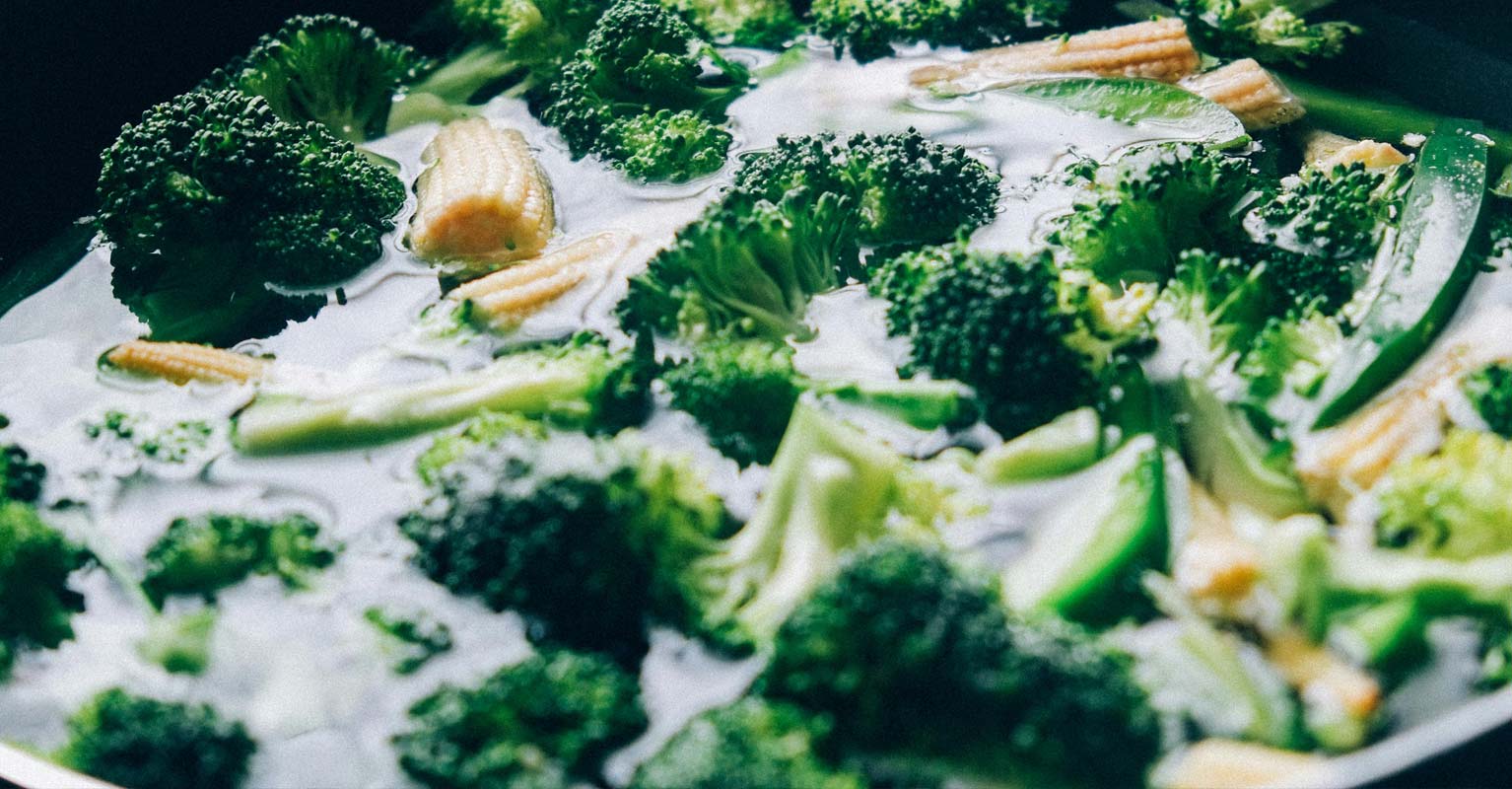FLATHEAD CHERRIES
Sweet cherries grow in the Flathead Valley, where the big lake tempers our extreme climate. Warmed by the summer sun, the lake protects the trees into the fall before they go dormant. As winter turns to our “spring,” the icy water helps the trees resist blooming too early. Come summer, it is cherry season! Get them while you can and enjoy them while you’re outside soaking up the sun.
If you tire of eating them fresh, make a simple galette, stir some into a bowl of Genuine Ice Cream or gelato from Maven’s Market, and sprinkle fresh cherries on top! If you like pitting cherries, do a batch and put them in the freezer for next winter or spring.
RADISHES
Red, pink, and purple radishes, all of them an icy white inside, decorate the farmers market tables during the summer months in Bozeman. Hopefully we will get to see them that way this year, but even if we must order online and wait until pickup to ooh and aah at the colors, I encourage you not to overlook the radishes.
I like to get them cleaned right when I get home so that they are ready to use. Snip the radishes from their greens (leaving a bit of stem, as it makes a nice handle no matter how you eventually prepare and serve them) and let them drop into a bowl of water in the sink. Scrub with a vegetable brush to remove dirt and leave the root intact. To keep them nice and crunchy, store in the refrigerator in a glass jar filled with water.
Besides enjoying them whole with flaky salt (and maybe some butter and a baguette), cut radishes into quarters or eighths, or slice into thin rounds, and use them in salads, slaws, and quick pickles (see “Quick Pickled Veggies” on ripefoodandwine.com). Cut Sugar Snap peas on the diagonal and mix in sliced radishes for a beautiful combination.
GARLIC SCAPES
Who knows what to do with garlic scapes? Who knows what garlic scapes even are? Why are they here? Those were questions on our minds as we bounced along the dirt road in the hay wagon being pulled by Matt Rothschiller’s tractor. I was tagging along with a dozen or so employees from a local restaurant as Rothschiller, cofounder of Gallatin Valley Botanical with his wife, Jacy, showed us around the farm and explained what it takes to grow produce in Montana.
Garlic is planted clove by clove in the fall and the leaves begin to appear in spring. By midsummer the bulb has formed underground and the plant shoots up a flower stalk: the scape. At this time, growers typically cut off the scape to encourage more growth in the bulb. After learning this, it suddenly became very clear: If you love garlic, it’s a good idea to support the growing process and love garlic scapes as well. The chef in the wagon with me explained how he worked with GVB to incorporate seasonal bounty like the garlic scapes into his menu at the restaurant. A few weeks later, when scapes showed up in my CSA box, I confidently chopped up a few and added them to the onions that start my tortilla soup—so much easier than mincing garlic cloves! But alas, only available for a few short weeks every summer.
HOW TO USE GARLIC SCAPES:
Scapes have a milder flavor than garlic cloves. I estimate their flavor power at about 1 scape per clove. The flower end as well as the base of the stalk can be tough, especially in more mature scapes. The sweet spot is the tender shoot between the two ends.
- Finely chop a scape and add to ranch dressing.
- Sauté with onions for the beginning of soup, chili, risotto, or a pan of wilted spinach or braising greens.
- Skewer two or three scape coils “frisbee style” and put them on the grill (or skip the skewer and put the scapes in a grill basket or directly on the grate).
- Coil tightly and tuck horizontally into a canning jar for pickling.




